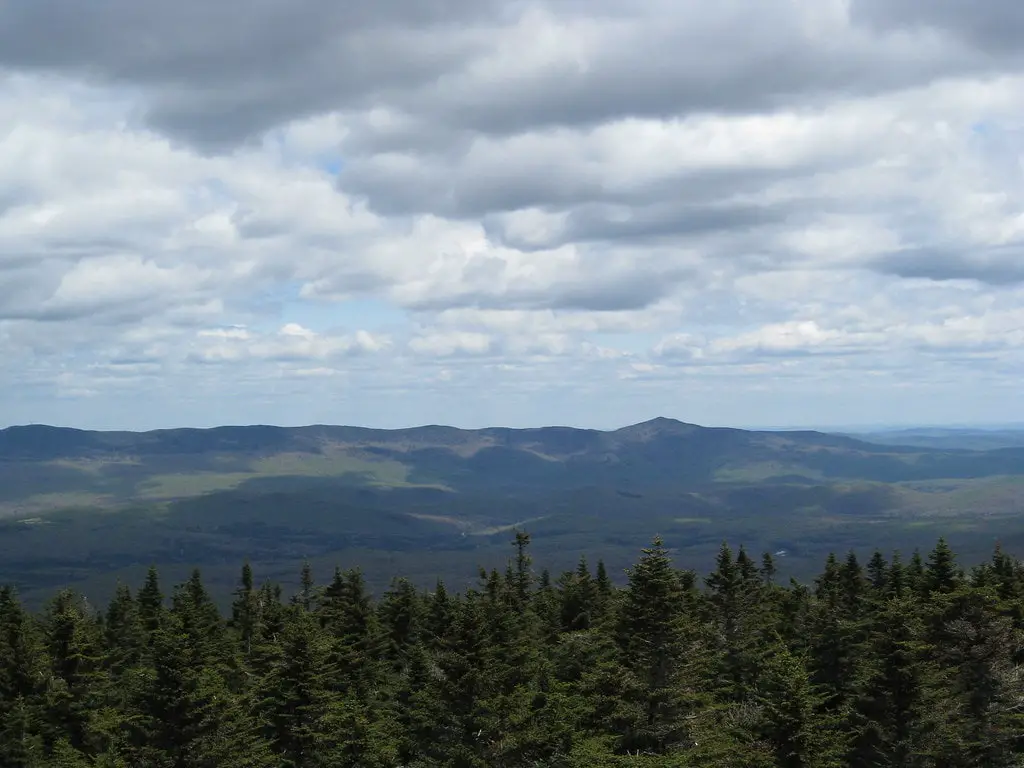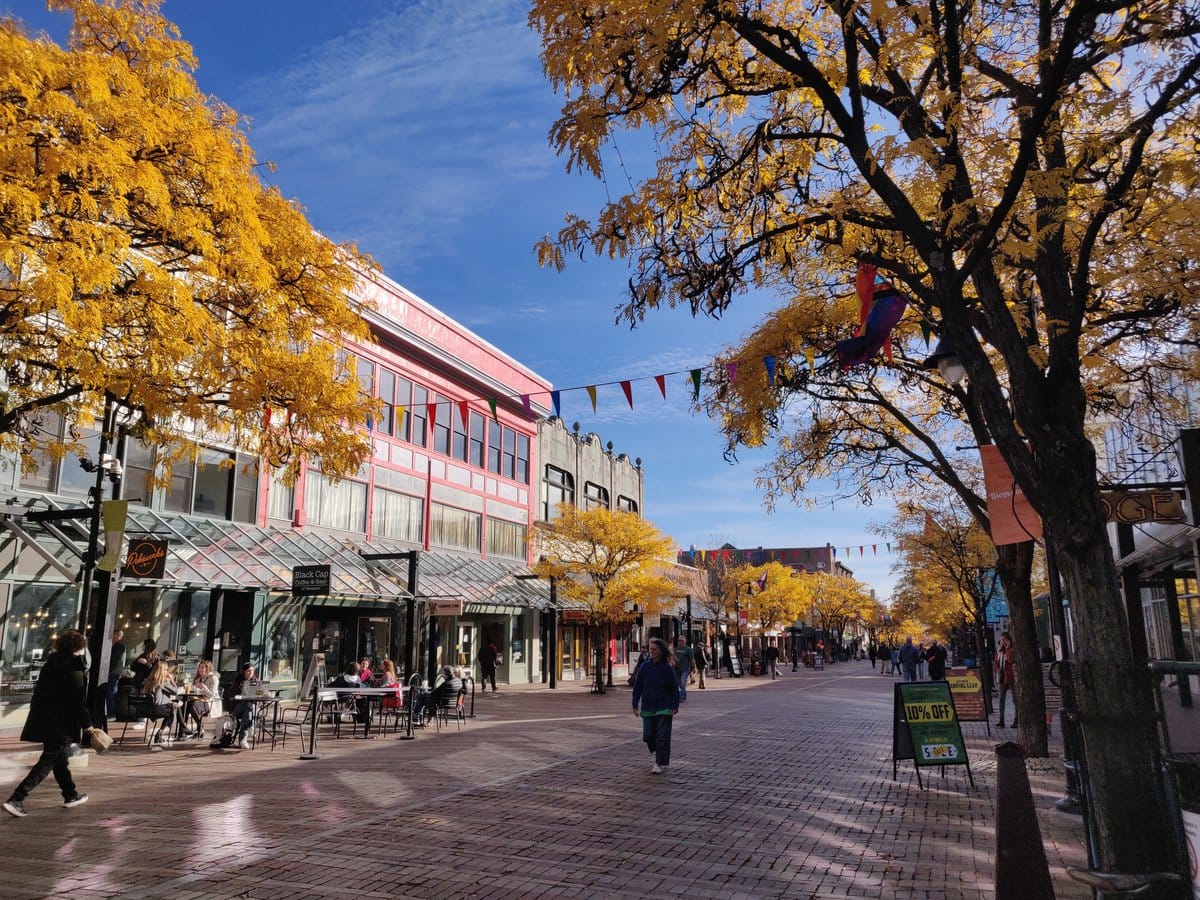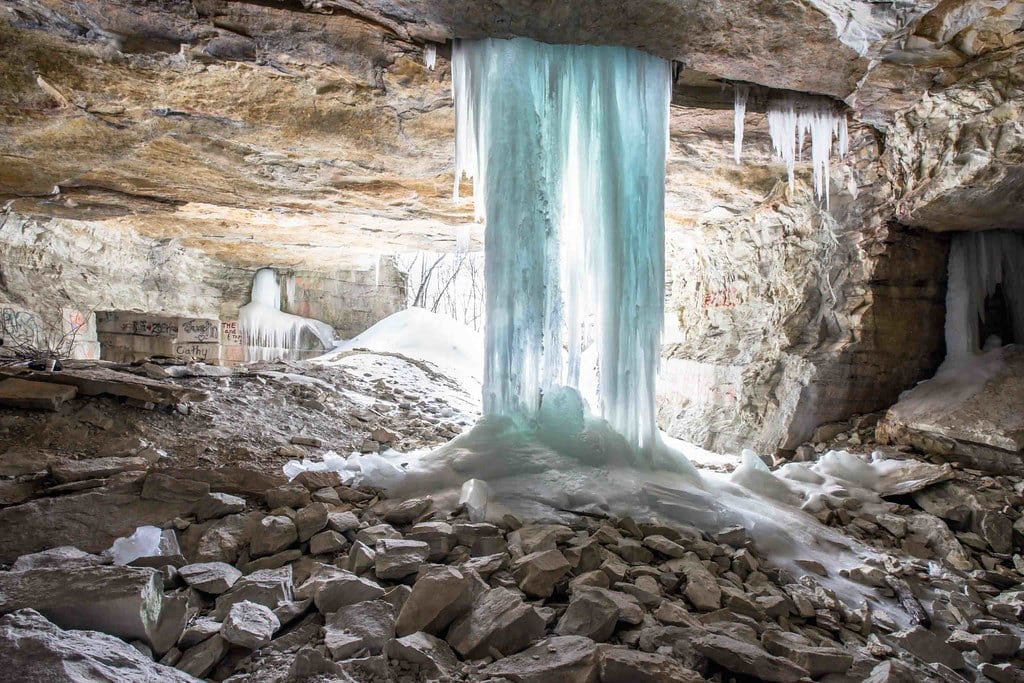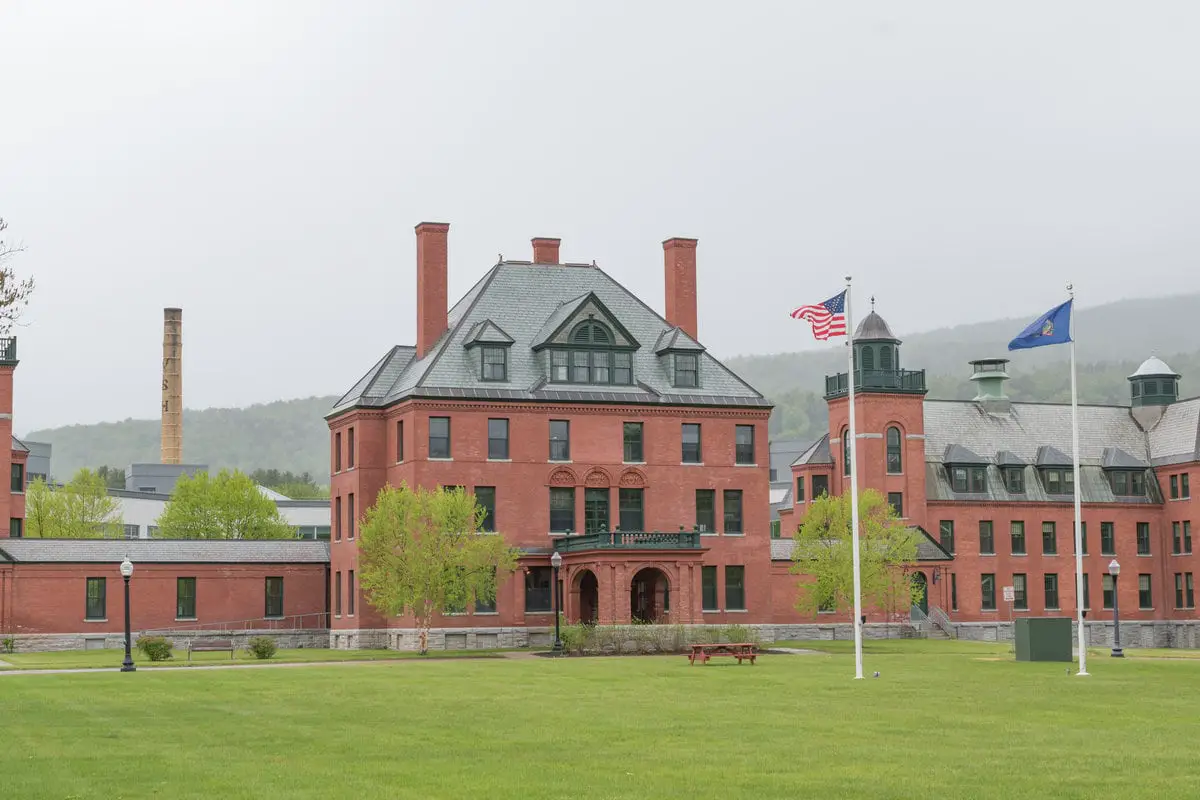The Bennington Triangle: A Mysterious Landmark with a Vanishing History
Tucked away in the dense forests of southwestern Vermont, the Bennington Triangle has drawn curiosity for decades.
Author Joseph A. Citro first coined the term in 1992. It describes an area known for strange disappearances, eerie folklore, and abandoned settlements.
The region centers around Glastenbury Mountain and stretches across parts of Bennington, Woodford, Shaftsbury, and Somerset.
The landscape is rugged - thick woods, steep slopes, and trails that seem to lead nowhere.
Despite its natural beauty, the area carries a strange reputation, one that has lingered for over a century.
Long before it gained a name, the land had a history of misfortune. Glastenbury and Somerset were once bustling logging and mining towns in the 19th century.
Timber and charcoal production brought workers, and small villages grew around the industry.
By the late 1800s, however, the boom had faded. Floods washed away railroads, resources dried up, and businesses closed.
The Vermont General Assembly officially unincorporated Glastenbury and Somerset in 1937, leaving behind ghost towns - empty buildings, forgotten streets, and an eerie silence.
Now, the land belongs mostly to the Green Mountain National Forest, with few permanent residents.
For some, the Bennington Triangle is a place for adventure - hiking, camping, and exploring the remnants of Vermont's lost towns.
Yet, for others, it's a place of mystery. Between 1945 and 1950, five people vanished without a trace.
Stories of eerie encounters, unexplained lights, and strange figures in the woods have only fueled its legend.
Some believe the land holds something beyond explanation, while others see only the dangers of wilderness.
Either way, the Bennington Triangle continues to capture imaginations, keeping its secrets buried in the forests of Vermont.
For those looking for things to do in Bennington, Vermont, the region offers more than just folklore. The Long Trail, a historic hiking path stretching through Vermont, cuts through the area.
Downtown Bennington is home to local shops, historic inns, and museums that tell the story of the town's past.
While Glastenbury itself remains uninhabited, its history still echoes through the surrounding hills - whispering through the trees, waiting to be uncovered.
The Mysterious Disappearances (1945-1950)
Between 1945 and 1950, five people disappeared in the Bennington Triangle under circumstances that remain unexplained.
The cases - spread over five years - involved hunters, hikers, a child, and even a man on a bus. Despite extensive searches and investigations, none of them were ever found, except for one.
| Year | Person | Age | Circumstances |
|---|---|---|---|
| 1945 | Middie Rivers | 74 | Leading a hunting party |
| 1946 | Paula Welden | 18 | Hiking on Long Trail |
| 1949 | James Tedford | 68 | Returning from a trip |
| 1950 | Paul Jepson | 8 | Playing near a farm |
| 1950 | Frieda Langer | 53 | Hiking near Somerset Reservoir |
The first case happened on November 12, 1945. Middie Rivers, a 74-year-old hunting guide, vanished while leading a group near Bickford Hollow, just west of Bennington.
Rivers knew the area well - some say he could walk it blindfolded.
After separating from the group, he never returned. Search teams, including members of the Vermont State Guard, scoured the trails and nearby woods.
The only clue? A handkerchief was found the following spring near the Long Trail. No other trace of him was ever discovered.
A year later, on December 1, 1946, Paula Jean Welden, an 18-year-old Bennington College student, disappeared.
She left campus that afternoon wearing a red jacket and sneakers - clothing that wasn't suited for the cold.
Several people saw her near the Long Trail, including a driver who gave her a lift to Route 9.
She never returned. When she missed classes the next day, her disappearance sparked a massive search.
The FBI joined, and a $5,000 reward was offered. Yet, no evidence turned up. Her case later inspired Shirley Jackson's 1951 novel Hangsaman.
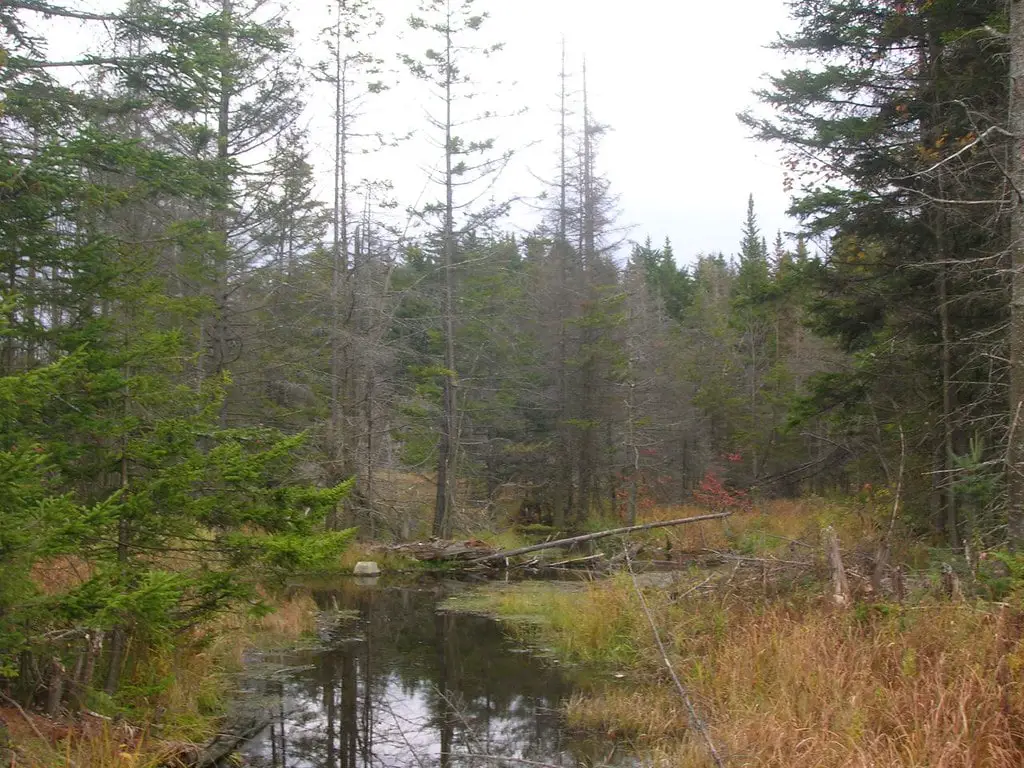
Then came James Tedford, a 68-year-old World War I veteran, who vanished three years later - on December 1, 1949. He was last seen boarding a bus in St. Albans, heading to Bennington.
According to the bus driver, Tedford was present when the bus left the final stop before Bennington, but by the time it arrived, he was gone. His luggage remained on board, but he was nowhere to be found.
Some reports suggested he may have gotten off in Brandon, 70 miles away, where a man matching his description was seen behaving strangely. No one ever confirmed if it was him.
On October 12, 1950, 8-year-old Paul Jepson disappeared near the Bennington town dump while his mother tended to their pigs. He was left alone in a truck for about 30 minutes - when she returned, he was gone.
Search dogs picked up his scent near a road intersection before losing it. Some believed he was taken, while others suggested he wandered into the woods.
His father thought he might have been hit by a passing car, and whoever was responsible panicked. No evidence ever surfaced.
The last disappearance followed two weeks later, on October 28, 1950. Frieda Langer, 53, went missing while hiking near Somerset Reservoir.
She fell into a stream and told her cousin she would take a shortcut back to camp to change clothes. She never arrived.
Searches involved aircraft, helicopters, and hundreds of volunteers - but nothing turned up.
Months later, on May 12, 1951, her body was found along the Deerfield River. No cause of death could be determined due to the condition of her remains.
Investigators believed she may have drowned, only for the river to carry her body downstream after the spring thaw.
These five cases created the legend of the Bennington Triangle. No connections were ever proven, but the cluster of disappearances in the same area raised questions that still linger today.
Theories and Speculations
People have spent decades trying to explain what happened in the Bennington Triangle. Some lean on logical explanations - natural dangers, human error, or crime - while others look toward the unexplained.
The rugged landscape, unpredictable weather, and isolation make it easy for someone to get lost. At the same time, eerie stories and folklore suggest something else may be at play.
One of the most common theories is that natural hazards caused the disappearances. Glastenbury Mountain has steep terrain, thick forests, and sudden weather changes.
Even experienced hikers can lose their bearings. Strong winds and rapid snowfall can disorient someone within minutes.
The area is also home to sinkholes, dense undergrowth, and hidden cliffs. A person could slip, fall into a crevice, and never be found.
Another theory focuses on human involvement - either foul play or an unknown serial offender. Some suspect the disappearances resulted from crimes that were never solved.
In the case of Paul Jepson, the way his scent disappeared at an intersection suggests a passing driver could have taken him.
Others wonder if an individual targeted hikers in the area over several years. The cases are spread out, but all occurred within a five-year window.
Beyond natural dangers and criminal possibilities, some look to paranormal explanations. Legends of the Bennington Monster, a Bigfoot-like creature, date back to Native American folklore.
Some believe an unknown animal or cryptid roams the mountain. Others point to UFO sightings reported in the area over the years.
Some have even suggested interdimensional portals - arguing that the people vanished into another realm.
Local indigenous traditions offer another perspective. Some Abenaki legends describe the land around Glastenbury Mountain as cursed. They believed the area was home to powerful spirits and avoided it for centuries.
Stories tell of strange winds that change direction suddenly, eerie lights in the sky, and whispers in the forest that have no source. While these accounts remain folklore, they add to the area's reputation.
No single explanation ties all five disappearances together. Each case had unique details, and none were solved.
Whether it was nature, crime, or something unexplained, the mystery of the Bennington Triangle remains open.
Cultural Impact and Media Representation
The disappearances in the Bennington Triangle sparked curiosity beyond Vermont. Over the years, books, television programs, and films have kept the mystery alive.
The region's eerie reputation has drawn attention from historians, paranormal investigators, and writers who see it as a setting for unexplained events.
Author Joseph A. Citro popularized the term "Bennington Triangle" in 1992, but the area's strange reputation dates back much earlier.
The Bennington Evening Banner first suggested a connection between the disappearances in November 1950, calling the area a "Lost Horizon" - a reference to James Hilton's 1933 novel about a remote and mysterious land.
The phrase didn't stick, but the idea of a region where people vanished without a trace lingered.
Literature and film have drawn inspiration from these events. Shirley Jackson, a Vermont resident at the time, was influenced by the disappearance of Paula Jean Welden when writing her 1951 novel Hangsaman.
Though not a direct retelling, the book follows a young woman's descent into isolation and uncertainty, reflecting themes from Welden's case.
Other writers have explored the mystery in fiction and nonfiction, blending fact with folklore.
Television has also highlighted the Bennington Triangle. The Travel Channel featured it in Most Terrifying Places in America, weaving in stories of ghost towns, disappearances, and local legends.
Podcasts like Lore have dedicated episodes to the strange occurrences, while paranormal YouTube channels have investigated the region.
Over time, the mystery has evolved from a series of missing-person cases into folklore that attracts new generations of explorers and theorists.
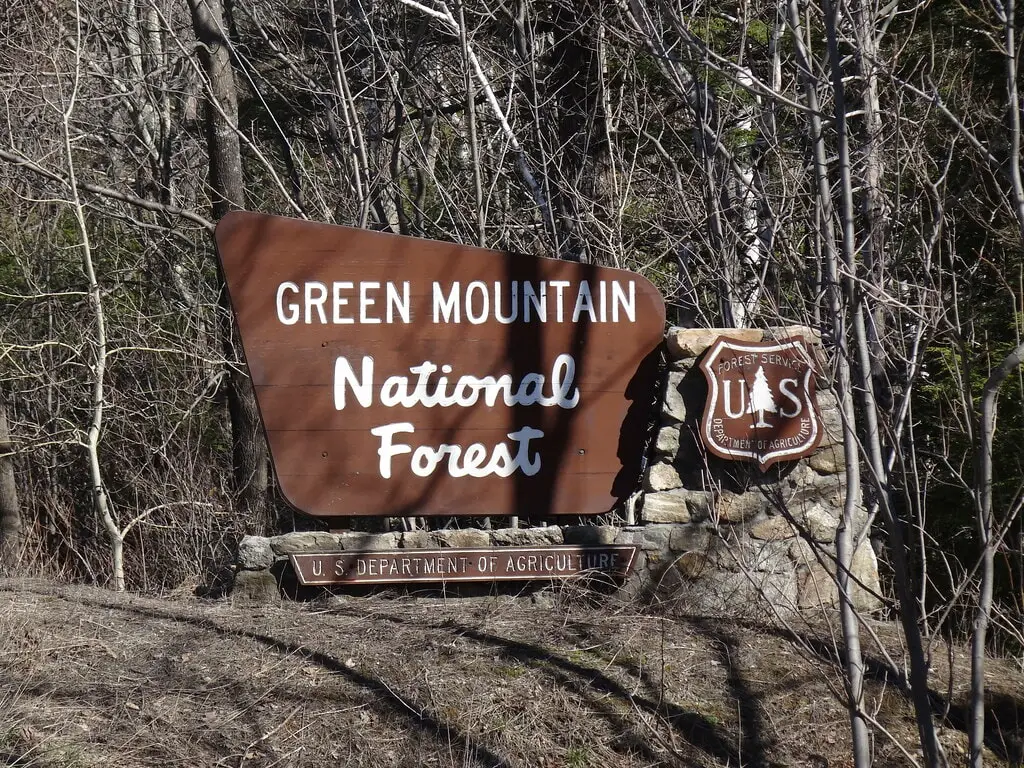
The Bennington Triangle Today
Despite its eerie past, the Bennington Triangle remains a destination for hikers, historians, and those drawn to unexplained mysteries.
Most of the land now belongs to the Green Mountain National Forest, a federally managed area that preserves Vermont's wilderness.
The once-thriving towns of Glastenbury and Somerset exist mostly in the name - only a few seasonal camps and old foundations remain.
Hiking trails, including the Long Trail, still cut through the region, attracting outdoor enthusiasts. The route runs north to south through Vermont, with sections passing near the locations where the disappearances occurred.
While some hikers seek adventure, others visit, hoping to uncover clues or experience the area's strange atmosphere for themselves.
The town of Bennington, just outside the triangle's boundaries, has embraced its mysterious reputation. Local shops sell books and souvenirs related to the legend, while historical societies document the area's past.
Interest in the Bennington Triangle hasn't faded. Paranormal investigators continue to explore the area, and true crime enthusiasts revisit the cases in blogs, books, and online forums.
Whether drawn by history, mystery, or the simple challenge of navigating Vermont's wild landscapes, visitors keep returning to the place where people once vanished - and where questions remain unanswered.

